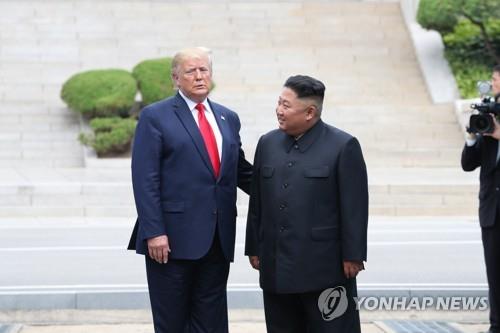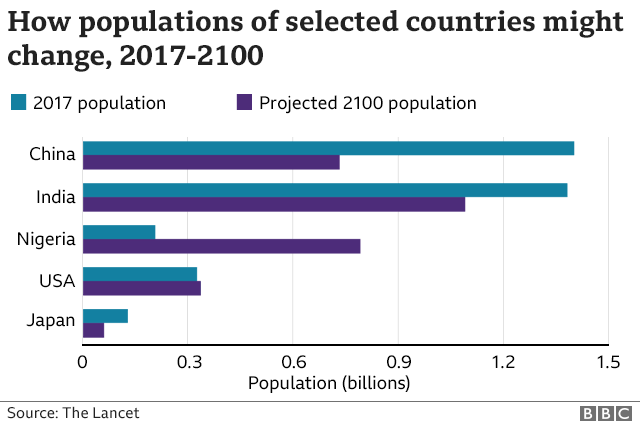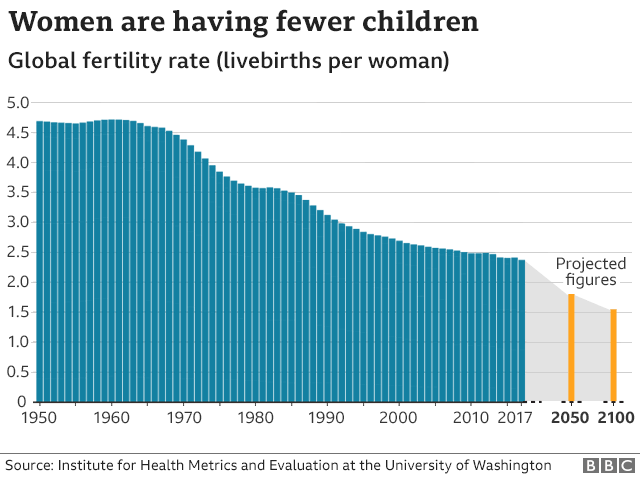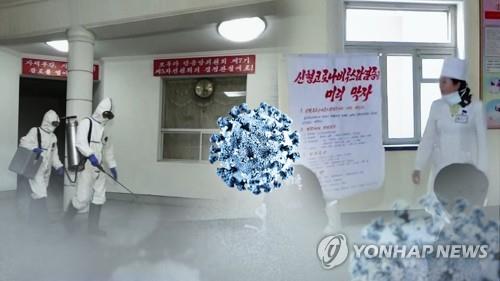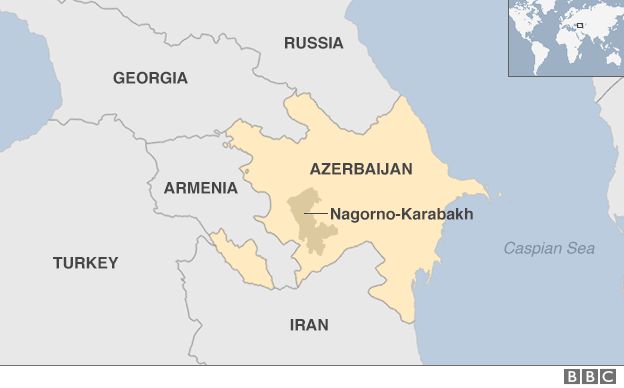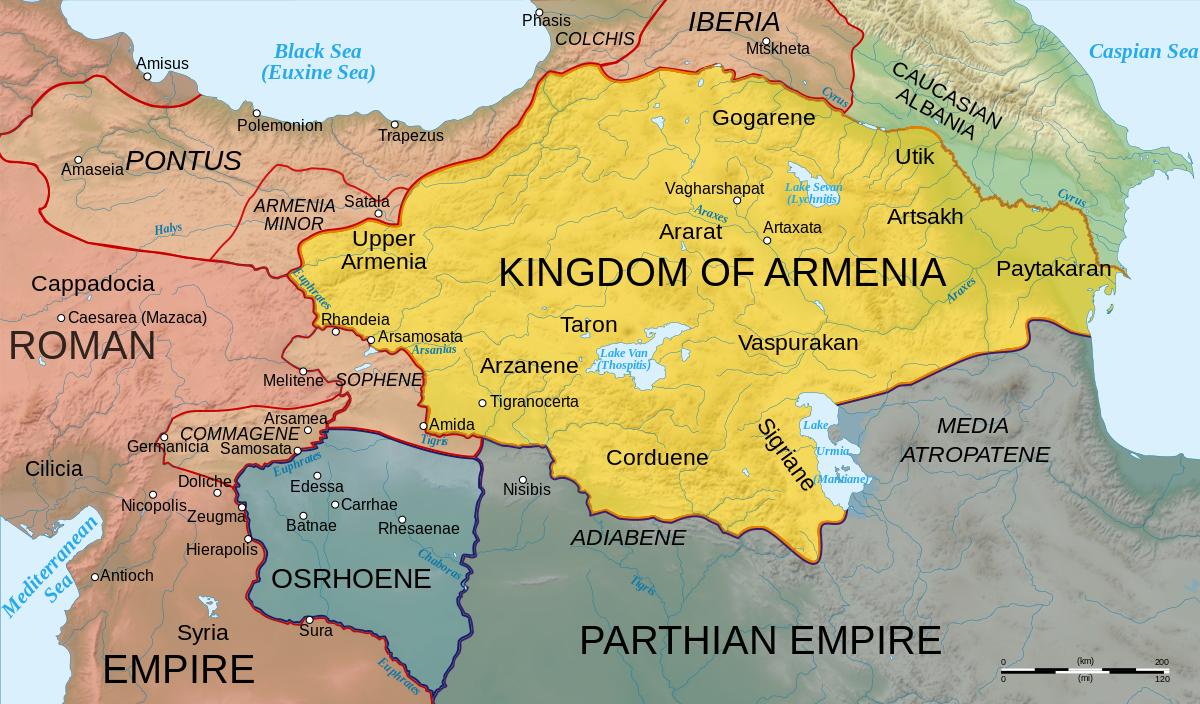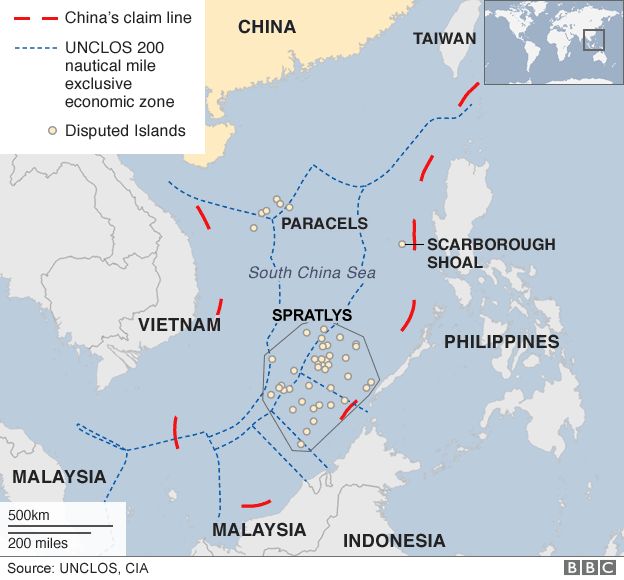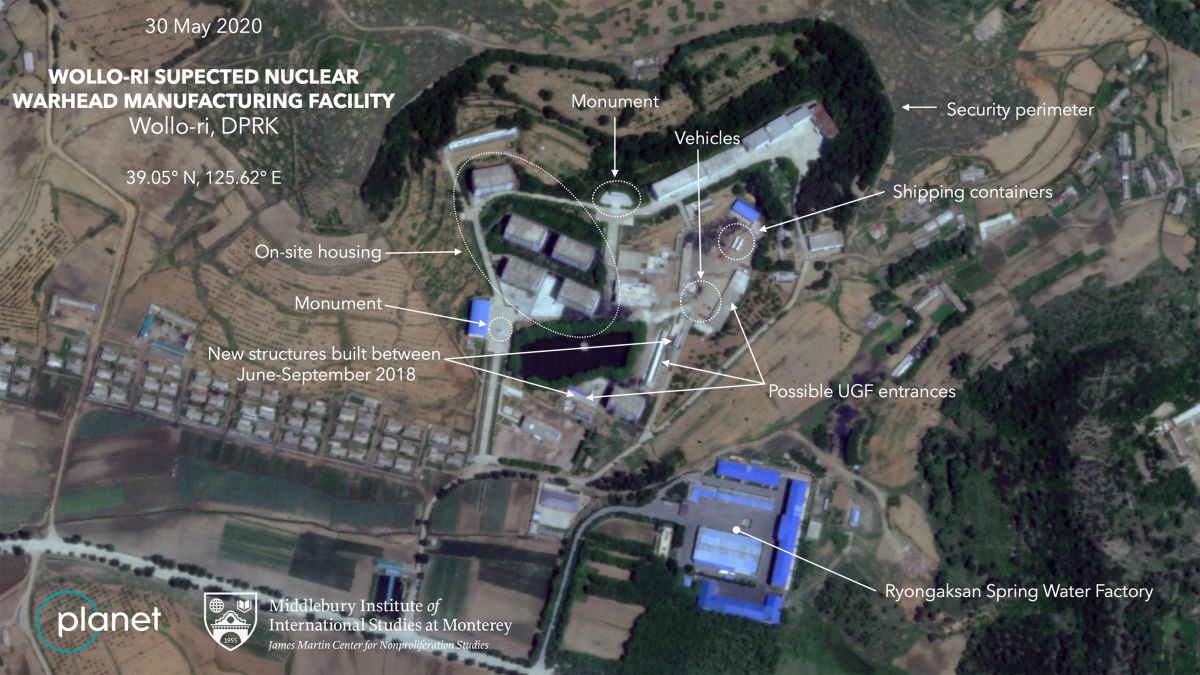The coronel does have an audience (someone who will read or listen) international affairs, foreign policy
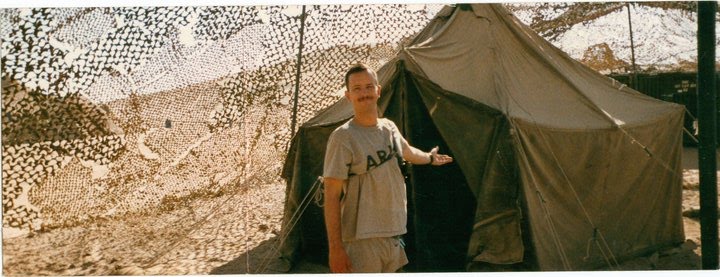
Wednesday, July 29, 2020
Tuesday, July 28, 2020
Monday, July 27, 2020
Tuesday, July 21, 2020
Thursday, July 16, 2020
Wednesday, July 15, 2020
Tuesday, July 14, 2020
Monday, July 13, 2020
Friday, July 10, 2020
Thursday, July 9, 2020
Tuesday, July 7, 2020
Sunday, July 5, 2020
How Pandemics end three articles to read
How Pandemics End
An infectious outbreak can conclude in more ways than one, historians say. But for whom does it end, and who gets to decide?
When will the Covid-19 pandemic end? And how?
According to historians, pandemics typically have two types of endings: the medical, which occurs when the incidence and death rates plummet, and the social, when the epidemic of fear about the disease wanes.
“When people ask, ‘When will this end?,’ they are asking about the social ending,” said Dr. Jeremy Greene, a historian of medicine at Johns Hopkins.
In other words, an end can occur not because a disease has been vanquished but because people grow tired of panic mode and learn to live with a disease. Allan Brandt, a Harvard historian, said something similar was happening with Covid-19: “As we have seen in the debate about opening the economy, many questions about the so-called end are determined not by medical and public health data but by sociopolitical processes.”
Endings “are very, very messy,” said Dora Vargha, a historian at the University of Exeter. “Looking back, we have a weak narrative. For whom does the epidemic end, and who gets to say?”
In the path of fear
An epidemic of fear can occur even without an epidemic of illness. Dr. Susan Murray, of the Royal College of Surgeons in Dublin, saw that firsthand in 2014 when she was a fellow at a rural hospital in Ireland.
In the preceding months, more than 11,000 people in West Africa had died from Ebola, a terrifying viral disease that was highly infectious and often fatal. The epidemic seemed to be waning, and no cases had occurred in Ireland, but the public fear was palpable.
“On the street and on the wards, people are anxious,” Dr. Murray recalled recently in an article in The New England Journal of Medicine. “Having the wrong color skin is enough to earn you the side-eye from your fellow passengers on the bus or train. Cough once, and you will find them shuffling away from you.”
The Dublin hospital workers were warned to prepare for the worst. They were terrified, and worried that they lacked protective equipment. When a young man arrived in the emergency room from a country with Ebola patients, no one wanted to go near him; nurses hid, and doctors threatened to leave the hospital.
Dr. Murray alone dared treat him, she wrote, but his cancer was so advanced that all she could offer was comfort care. A few days later, tests confirmed that the man did not have Ebola; he died an hour later. Three days afterward, the World Health Organization declared the Ebola epidemic over.
Dr. Murray wrote: “If we are not prepared to fight fear and ignorance as actively and as thoughtfully as we fight any other virus, it is possible that fear can do terrible harm to vulnerable people, even in places that never see a single case of infection during an outbreak. And a fear epidemic can have far worse consequences when complicated by issues of race, privilege, and language.”
///////////////////////////////////////
Aqui tienen la opinion meramente cientifica.....
How the COVID-19 Pandemic Could End
Recent epidemics provide clues to ways the current crisis could stopJ une 1, 2020
We know how the COVID-19 pandemic began: Bats near Wuhan, China, hold a mix of coronavirus strains, and sometime last fall one of the strains, opportunistic enough to cross species lines, left its host or hosts and ended up in a person. Then it was on the loose.
What no one knows yet is how the pandemic will end. This coronavirus is unprecedented in the combination of its easy transmissibility, a range of symptoms going from none at all to deadly, and the extent that it has disrupted the world. A highly susceptible population led to near exponential growth in cases. “This is a distinct and very new situation,” says epidemiologist and evolutionary biologist Sarah Cobey of the University of Chicago.
But past pandemics do offer hints of the future. While there is no one historical example to follow, humanity has gone through several large epidemics in the past 100 or so years that eventually stopped ravaging society. The ways they came to a halt offer guidance to a world looking for ways to restore health and some sense of normalcy. Three of those experiences, Cobey and other experts say, suggest that what happens next depends on both the evolution of the pathogen and of the human response to it, both biological and social.
A SPREADING PROBLEM
Viruses are constantly mutating. Those that trigger pandemics have enough novelty that the human immune system does not quickly recognize them as dangerous invaders. They force the body to create a brand-new defense, involving new antibodies and other immune system components that can react to and attack the foe. Large numbers of people get sick in the short term, and social factors such as crowding and the unavailability of medicine can drive those numbers even higher. Ultimately, in most cases, antibodies developed by the immune system to fight off the invader linger in enough of the affected population to confer longer-term immunity and limit person-to-person viral transmission. But that can take several years, and before it happens, havoc reigns.
Learning to live with a disease. The most famous example of this dynamic in modern history was the H1N1 influenza outbreak of 1918–1919. Doctors and public health officials had far fewer weapons than they do today, and the effectiveness of control measures such as school closures depended on how early and decisively they were implemented. Over two years and three waves, the pandemic infected 500 million and killed between 50 million and 100 million. It ended only as natural infections conferred immunity on those who recovered.
(esto es lo que tiene que pasar)
The H1N1 strain became endemic, an infectious disease that was constantly with us at less severe levels, circulating for another 40 years as a seasonal virus. It took another pandemic—H2N2 in 1957—to extinguish most of the 1918 strain. One flu virus kicked out another one, essentially, and scientists don’t really know how. Human efforts to do the same have failed. “Nature can do it, we cannot,” says virologist Florian Krammer of the Icahn School of Medicine at Mount Sinai in New York City.
Containment. The severe acute respiratory syndrome (SARS) epidemic of 2003 was caused not by an influenza virus but by a coronavirus, SARS-CoV, that is closely related to the cause of the current affliction, SARS-CoV-2. Of the seven known human coronaviruses, four circulate widely, causing up to a third of common colds. The one that caused the SARS outbreak was far more virulent. Thanks to aggressive epidemiological tactics such as isolating the sick, quarantining their contacts and implementing social controls, bad outbreaks were limited to a few locations such as Hong Kong and Toronto. This containment was possible because sickness followed infection very quickly and obviously: almost all people with the virus had serious symptoms such as fever and trouble breathing. And they transmitted the virus after getting quite sick, not before. “Most patients with SARS were not that contagious until maybe a week after symptoms appeared,” says epidemiologist Benjamin Cowling of the University of Hong Kong. “If they could be identified within that week and put into isolation with good infection control, there wouldn’t be onward spread.” Containment worked so well there were only 8,098 SARS cases globally and 774 deaths. The world has not seen a case since 2004.
Vaccine power. When a new H1N1 influenza virus, known as swine flu, caused a pandemic in 2009, “there was an alarm bell because this was a brand-new H1N1,” Cowling says, and it was very similar to the 1918 killer. Swine flu proved less severe than feared. In part, Krammer says, “we were lucky because the pathogenicity of the virus wasn’t very high.” But another important reason was that six months after the virus appeared, scientists developed a vaccine for it.
Unlike measles or smallpox vaccines, which can confer long-term immunity, flu vaccines offer only a few years of protection. Influenza viruses are slippery, mutating rapidly to escape immunity. As a result, the vaccines must be updated every year and given regularly. But during a pandemic, even a short-term vaccine is a boon. The 2009 vaccine helped to temper a second wave of cases in the winter. As a result, the virus much more rapidly went the way of the 1918 virus, becoming a widely circulating seasonal flu, from which many people are now protected either by flu shots or by antibodies from a previous infection.
THE CURRENT END GAME
Projections about how COVID-19 will play out are speculative, but the end game will most likely involve a mix of everything that checked past pandemics: Continued social-control measures to buy time, new antiviral medications to ease symptoms, and a vaccine. The exact formula—how long control measures such as social distancing must stay in place, for instance—depends in large part on how strictly people obey restrictions and how effectively governments respond. For example, containment measures that worked for COVID-19 in places such as Hong Kong and South Korea came far too late in Europe and the U.S. “The question of how the pandemic plays out is at least 50 percent social and political,” Cobey says.
The other 50 percent will probably come from science. Researchers have banded together like never before and are working on multiple fronts to develop remedies. If any of the several antiviral medications currently in development prove effective, they will improve treatment options and lower the numbers who get seriously ill or die. A technique to screen for SARS-CoV-2 neutralizing antibodies, an indicator of immunity in recovered patients, could also prove very useful. Krammer and his colleagues have developed one such test, and there are others. Previously used only in local epidemics, these new serological assays won’t end the pandemic, but they could make it possible to spot and use antibody-rich blood as a treatment for critically ill patients; more certainly, the tests will also get people back to work faster if those who fought off the virus and are immune can be identified.
It will take a vaccine to stop transmission. That will take time—probably a year from now. Still, there is reason to think a vaccine could work effectively. Compared with flu viruses, coronaviruses don’t have as many ways to interact with host cells. “If that interaction goes away, [the virus] can’t replicate anymore,” Krammer says. “That’s the advantage we have here.” It is not clear whether a vaccine will confer long-term immunity as with measles or short-term immunity as with flu shots. But “any vaccine at all would be helpful at this point,” says epidemiologist Aubree Gordon of the University of Michigan.
Unless a vaccine is administered to all of the world’s eight billion inhabitants who are not currently sick or recovered, COVID-19 is likely to become endemic. It will circulate and make people sick seasonally—sometimes very sick. But if the virus stays in the human population long enough, it will start to infect children when they are young. Those cases are typically, though not always, quite mild, and so far the children appear less likely to develop severe disease if they get reinfected as adults. The combination of vaccination and natural immunity will protect many of us. The coronavirus, like most viruses, will live on—but not as a planetary plague.
////////////////////////////////////////
How 5 of History's Worst Pandemics Finally Ended
While some of the earliest pandemics faded by wiping out parts of the population, medical and public health initiatives were able to halt the spread of other diseases.
As human civilizations flourished, so did infectious disease. Large numbers of people living in close proximity to each other and to animals, often with poor sanitation and nutrition, provided fertile breeding grounds for disease. And new overseas trading routes spread the novel infections far and wide, creating the first global pandemics.
Here’s how five of the world’s worst pandemics finally ended.
1. Plague of Justinian—No One Left to Die

Yersinia pestis, formerly pasteurella pestis, was the bacteria responsible for the plague. Here it's seen under optical microscopy X 1000.
BSIP/Universal Images Group/Getty Images
Three of the deadliest pandemics in recorded history were caused by a single bacterium, Yersinia pestis, a fatal infection otherwise known as the plague.
The Plague of Justinian arrived in Constantinople, the capital of the Byzantine Empire, in 541 CE. It was carried over the Mediterranean Sea from Egypt, a recently conquered land paying tribute to Emperor Justinian in grain. Plague-ridden fleas hitched a ride on the black rats that snacked on the grain.
The plague decimated Constantinople and spread like wildfire across Europe, Asia, North Africa and Arabia killing an estimated 30 to 50 million people, perhaps half of the world’s population.
“People had no real understanding of how to fight it other than trying to avoid sick people,” says Thomas Mockaitis, a history professor at DePaul University. “As to how the plague ended, the best guess is that the majority of people in a pandemic somehow survive, and those who survive have immunity.”
2. Black Death—The Invention of Quarantine

A couple suffering from the blisters of the Black Death, the bubonic plague that swept through Europe in the Middle Ages. From the Swiss manuscript the Toggenburg Bible, 1411.
VCG Wilson/Corbis/Getty Images
The plague never really went away, and when it returned 800 years later, it killed with reckless abandon. The Black Death, which hit Europe in 1347, claimed an astonishing 200 million lives in just four years.
As for how to stop the disease, people still had no scientific understanding of contagion, says Mockaitis, but they knew that it had something to do with proximity. That’s why forward-thinking officials in Venetian-controlled port city of Ragusa decided to keep newly arrived sailors in isolation until they could prove they weren’t sick.
At first, sailors were held on their ships for 30 days, which became known in Venetian law as a trentino. As time went on, the Venetians increased the forced isolation to 40 days or a quarantino, the origin of the word quarantine and the start of its practice in the Western world.
“That definitely had an effect,” says Mockaitis.
READ MORE: How Rats and Fleas Spread the Black Death
3. The Great Plague of London—Sealing Up the Sick
Subscribe to:
Posts (Atom)




